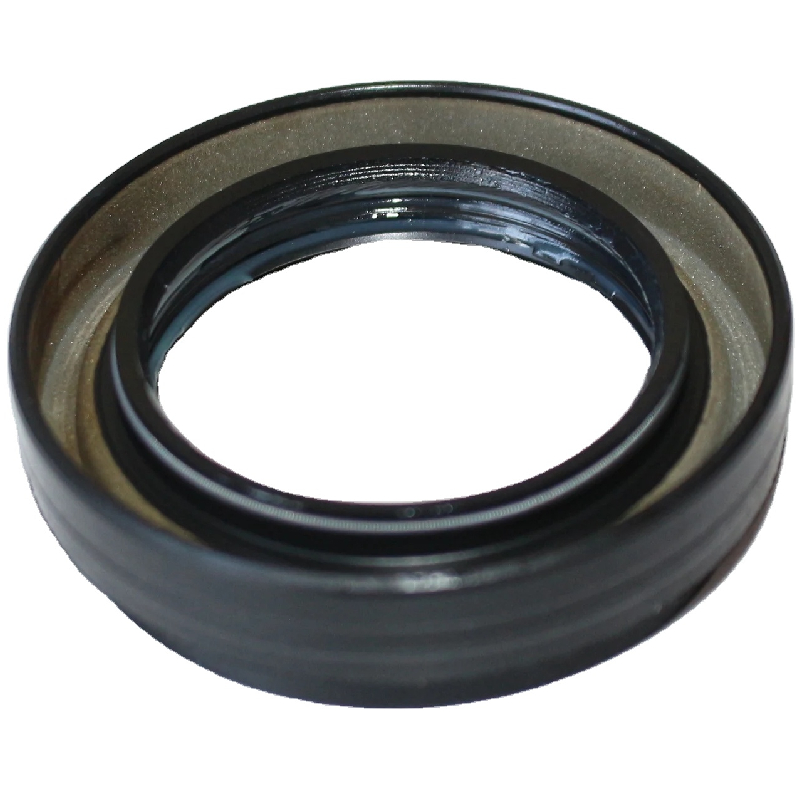front and rear crankshaft seals
Understanding Front and Rear Crankshaft Seals Importance and Maintenance
The crankshaft is a critical component of an internal combustion engine, playing a pivotal role in converting the linear motion of the pistons into rotational motion. The crankshaft is surrounded by several elements that ensure its proper function, including the crankshaft seals. Among these seals, the front and rear crankshaft seals are essential for maintaining engine integrity by preventing oil leaks and ensuring optimal performance.
Function of Crankshaft Seals
Crankshaft seals are designed to keep engine oil contained within the engine block while preventing contaminants from entering. They serve two primary purposes retaining engine oil and preventing leakage. The front crankshaft seal is located at the front of the engine, usually where the crankshaft meets the harmonic balancer or timing belt pulley. In contrast, the rear crankshaft seal is positioned at the back of the engine, where the crankshaft connects to the transmission.
These seals are typically made from durable materials like rubber or polymer compounds designed to withstand extreme temperatures and pressures. Over time, exposure to heat, engine vibrations, and lubricants can lead to wear and tear. A compromised seal can result in oil leaks, leading to decreased engine efficiency and increased maintenance costs.
Symptoms of a Failing Crankshaft Seal
Drivers should be aware of the common symptoms of a failing front or rear crankshaft seal. One of the most noticeable signs is the presence of oil spots or puddles beneath the vehicle. If the front crankshaft seal is leaking, oil may accumulate near the engine’s front, while leaks from the rear crankshaft seal typically form near the transmission.
Additionally, you may notice oil residue around the seal itself or a faint smell of burning oil, which can occur if oil drips onto hot engine components. Engine performance issues, such as a decrease in oil pressure or unusual engine noise, may also signify a failing crankshaft seal.
front and rear crankshaft seals

Maintaining Crankshaft Seals
To prolong the life of crankshaft seals and ensure their optimal functioning, regular maintenance is essential. Routine oil changes will help flush out contaminants that can wear down the seals. It’s also crucial to use the appropriate type and weight of oil recommended by the vehicle manufacturer, as using the wrong oil can contribute to seal degradation.
In some cases, adding a seal conditioner to the engine oil can help rejuvenate old seals and reduce the likelihood of leaks. However, this is often a temporary solution, and if significant leaks occur, it is advisable to replace the seals promptly.
Replacing Crankshaft Seals
When the time comes to replace front or rear crankshaft seals, it’s important to seek assistance from a qualified mechanic. The process often involves disassembling significant engine components to gain access to the seals. Replacing crankshaft seals isn’t typically a simple task; it requires specialized knowledge and tools to ensure the job is done correctly.
In cases where a seal has failed, it’s prudent to inspect the surrounding components for damage. For instance, a leaking rear crankshaft seal may cause premature wear on the flywheel or transmission, necessitating additional repairs.
Conclusion
Front and rear crankshaft seals play a vital role in engine performance and longevity. Regular maintenance and timely replacements when needed are critical for preventing leaks and ensuring the engine operates smoothly. By staying vigilant and addressing issues proactively, vehicle owners can avoid the drawbacks of seal failure, thus preserving their engine’s health and efficiency for the long run.
-
Understanding the Front Main Engine Seal: Purpose, Maintenance, and Installation
News Jul.29,2025
-
Understanding O-Rings and Seal Rings: Types, Applications, and Custom Solutions
News Jul.29,2025
-
Understanding Crankshaft Oil Seals: Rear Seals, Pulley Seals, and Their Role in Engine Integrity
News Jul.29,2025
-
The Importance of Front and Rear Crankshaft Seals in Engine Performance and Oil Management
News Jul.29,2025
-
Crank Oil Seals: Functions, Types, and Cost Considerations in Engine Maintenance
News Jul.29,2025
-
A Comprehensive Guide to O-Rings and Seals: Types, Materials, and Global Applications
News Jul.29,2025
-
Mastering Diesel and Performance Engine Maintenance: A Guide to Critical Oil Gaskets
News Jul.28,2025
Products categories















